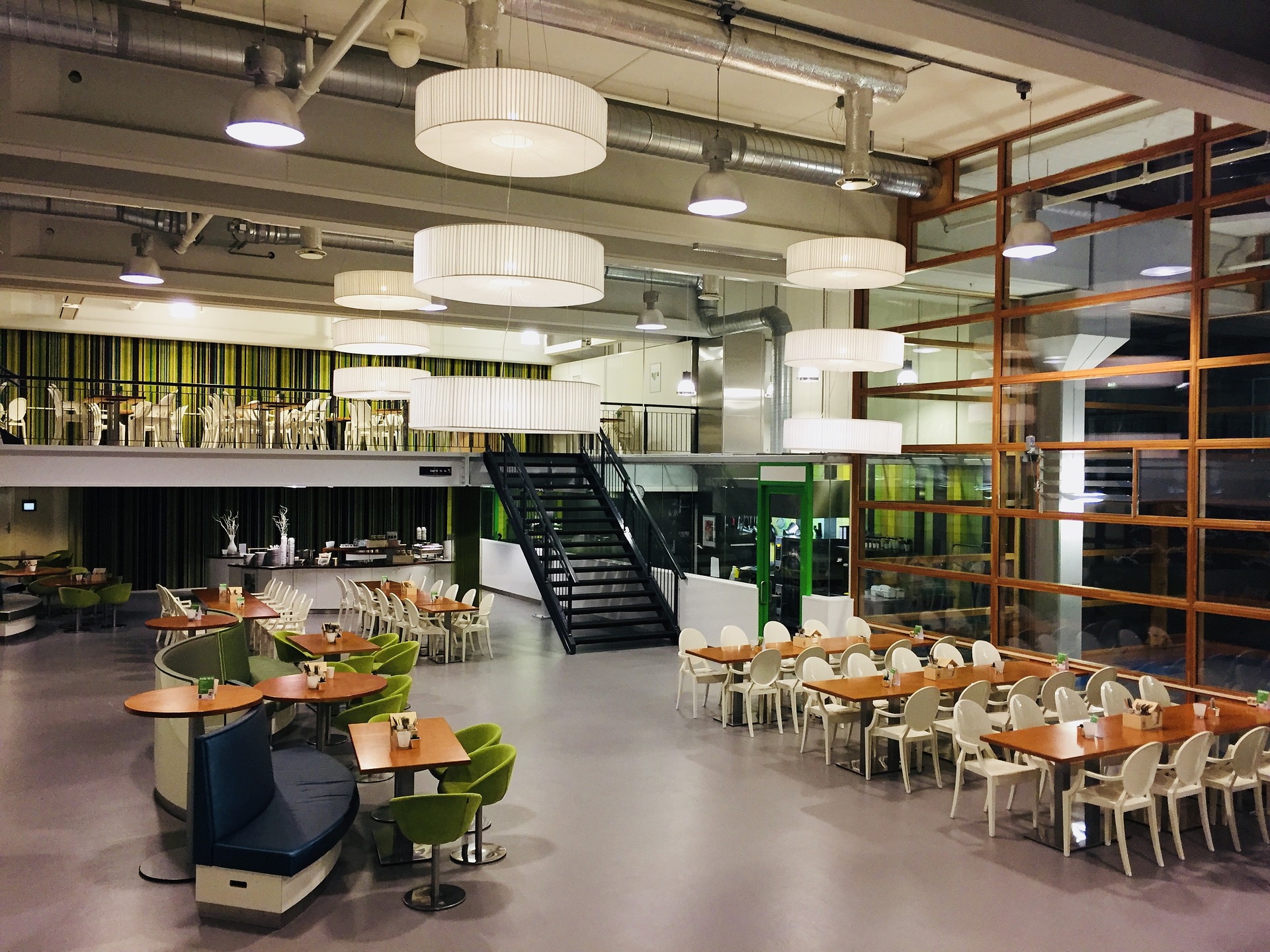The restaurant business, like any other industry, is prone to fluctuations in demand and supply. As a restaurant owner, you can only hope to fill your dining area with customers throughout the day, every day. However, the economy is not always prospering, and people are not always ready to splurge on dining out. Seasonal changes, healthy eating habits, holidays, etc, are some of the reasons that affect traffic in a restaurant. The Covid-19 pandemic has made things even worse.
Tips to Make the Most of Restaurant Business During the Slow Season
So how can you prepare your restaurant for the slow season in these testing and uncertain times? Read on to know how to make the most of your restaurant business during the slow season:
1. Update Restaurant Layout
Have you been postponing that much-needed renovation of your kitchen? Perhaps the restaurant tables or dining area requires a change in its layout or design? Moreover, since the Covid-19 pandemic has emphasized outdoor dining, your guests would prefer to sit on outdoor tables and chairs amidst nature.

If it’s possible to add outdoor dining somewhere, the slow season may be time to consider it if you can afford it.. If you update your restaurant layout during the slow season, you won’t incur a significant loss in revenues. Consider adding outdoor furniture in your backyard, garage, front yard, or parking lot to elevate their dining experience.So, once the business resumes and customers pour in, you are ready to welcome them with a fresh setup and vigor.
2. Respond to Online Reviews:
Ever wondered that improper customer experiences are affecting your restaurant’s brand image and denting its revenue? The restaurant business, being a service industry, thrives on customer satisfaction and trust. In the world of social media, bad reviews spread out like wildfire. On a busy day, managing and running your restaurant tends to take a toll, and restaurant owners, quite often, just haven’t had the time to properly manage customer feedback on social media.

You can utilize this time to read and respond to the online reviews left by your customers. It takes maturity, diplomacy, and courage to take criticism and admit the concerns rose in the negative reviews. Addressing the customer’s grievances shows your commitment and willingness to improve your restaurant’s brand image. Most customers will feel positive about an owner and restaurant that responds to their reviews.
3. Trim Excess Burden of the Restaurant:
As a business owner, you must manage the finances and prioritize what matters. Here are places to consider cutting back spending.
- Cut Working Hours:
Although you would want to operate consistently and timely to miss out on any customer, a lull in business might compel you to change the operating hours. For example, you might want to open only during evenings or weekends to optimize the operating cost. In such cases, make sure that you update the timings on your website and inform your customers.
- Cost-Cutting:
Analyze your finances and find ways to reduce spending towards operation and material costs. For example, if your business has shifted to mostly carryout, you can cut down the inventory of liquors and spend less. Additionally, it makes sense to prepare separate budgets for the slow season to limit your spending.
4. Form Partnership with Local Business:
Collaborating with local business owners can lead to a lifelong relationship built on mutual trust and advantage. Partnering with local businesses allows you to develop a strategy that benefits the entire locality and community. For example, by partnering with local manufacturers of commercial-grade restaurant furniture, you can get discounts and generate business for them as well.

Similarly, by buying ingredients from local producers, you can implement the farm-to-table concept in your restaurant. As you get the fresh produce straight from farms, your customers feel more confident about the dishes. Additionally, this approach creates trust between the farmer, restaurant, and its customers.
5. Update the Food Menu
The slow season also allows you to update the food and beverage menus. With reduced footfall, you can analyze the orders and take off the dishes and drinks your customers don’t prefer. Similarly, you can identify high-cost items that seldom generate sufficient profits. As people are becoming more aware and conscious of their eating habits, you can include vegetarian options in your menu.

Vegetarian dishes, when compared with their meat-based counterparts, take less time to prepare, don’t require much inventory, and are cost-effective. More importantly, including vegetarian dishes broadens your target segment as you can cater to more customers. With vegetarianism and veganism becoming popular, fashionable, and cheaper, you can adopt them and stay ahead of your competitors.
6. Engage Customers with Live Events
Live events continue to be one of the old-school yet effective means of attracting customers during slow seasons or weekdays. The type of event you select depends on your restaurant type and target customers. For example, if yours is a family restaurant, you can consider karaoke nights or themed parties. Similarly, live musical concerts or DJ nights are popular among youths.

Alternately, if most of your restaurant’s target customers are sports enthusiasts, you can set up a projector and host live screenings of matches. Stand-up comedy show or competition is another fun way to engage with your guests. Think of inventive ways to add outdoor social distanced events.
7. Exclusive offers for Weekdays Only

Running promotional campaigns or discount offers on weekdays is an effective way to cover your operational costs. By encouraging and incentivizing your customers to dine during weekdays, you generate additional revenue for your restaurant. You can either update the price of menu items or offer meal and drink combos for weekdays.
8. Focus on Delivery Orders and Take out:

Take out of food items is a quick and cost-effective way of increasing sales. As the people are reluctant to dine-out during the slow season, you can focus on food delivery and takeout. You can set up a mobile app or website that offers special delivery discounts to your customers. Alternately, you can collaborate with third-party food-delivery apps and incentive your customers with discounts.
Conclusion:
Surviving during the slow season requires you to analyze your entire restaurant business and its operation. Sure, it poses new changes for your business and can be arduous or even frustrating at times. But, it also presents an opportunity to re-invent your business and adapt.
This article gives you some practical tips on preparing your restaurant business for the slow season and making the most of it. Hopefully, by learning from these tips, you can keep your restaurant going even during unfavorable times.

